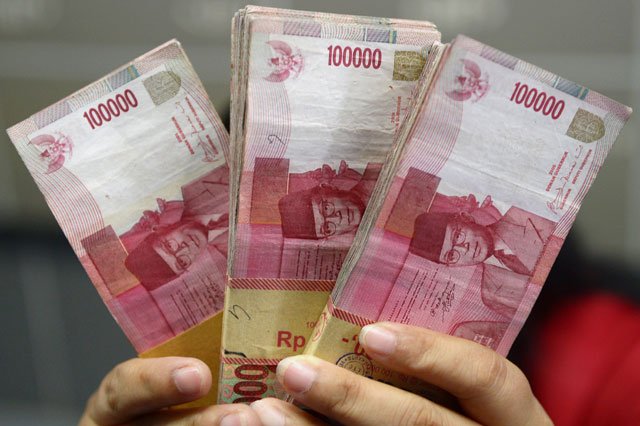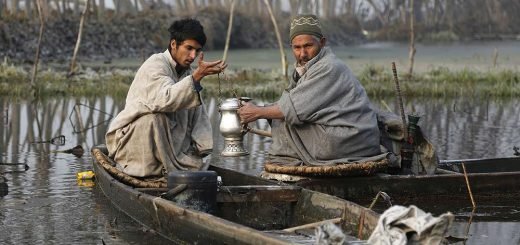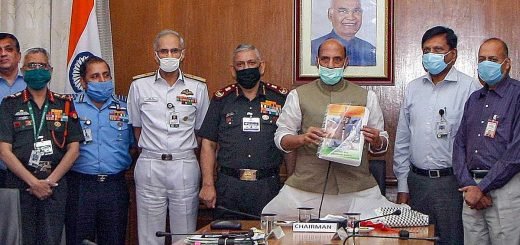Mega Economies of Tomorrow: Indonesia’s Way Up

The World Bank analytically divides the world’s economies into four income groups: high, upper-middle, lower-middle and low. Countries that are categorized as upper-middle income are the ones with income per capita ranging from US$3,896 to $12,055.
With income per capita at $3,846 as of 2017, Indonesia is moving closer to attain an upper-middle income country (UMIC) status and is expected to join the group in less than five years. This new status would convey a discerning signal that Indonesia manages to gradually develop. Indonesia has been in the lower-middle income country (LMIC) group since 2003. Previously, between 1998 to 2002, Indonesia had been relegated to the low-income country (LIC) group after joining the LMIC group for the first time since 1993. In total, Indonesia has had LMIC status for 21 years.
The forecast seems to convey positive prospects. With the current growth rate, Indonesia’s economy would double in size in the next 20 years. However, the conjecture needs to be taken with a pinch of salt. Recent literature highlights the progress and quality of development beyond calculation of income or economic size.
Countries labeled as upper-middle income undeniably reflect an improvement in governance and economic development and it is indeed considered a stepping stone to upgrade into high income status.
Meanwhile, economic characteristics among the UMIC is fairly diverse. The deviation of national income per capita is large. The average gross national product (GNP) per capita for UMIC is about $6,510, but the jarring gap between the highest (Costa Rica at $11,120) and the lowest (Algeria at $3,940) is distinct.
Reaching UMIC status does not really guarantee a country’s economic robustness and stability; some countries had at least once fallen into lower-middle income or low income status.
For instance, Angola had lost UMIC status in 2016; Brazil had UMIC status for 27 years but it somehow fell to LMIC between 2002 and 2005. Belarus was relegated from UMIC to LMIC in 1994 before regaining UMIC status in 2007. Russia seems to be trapped in UMIC status after losing high income country (HIC) status in 2015. A similar fate also awaits Venezuela, which could only retain HIC status for a year (in 2014).
With the benefit of hindsight, it seems that being in the UMIC group clearly does not translate into a clear development path. However, there are several important lessons learned in this regard. For example, we might refer to success stories like Bahrain’s, which managed to upgrade its economy from UMIC to high income country (HIC) status in 2001. Chile upgraded into the HIC group in 2012. South Korea in the 1950s was in a similar economic state as Indonesia, but it could finally join the HIC group in 2001. For the last five years, we only see Argentina, Hungary, Palau, Panama and the Seychelles.
In contrast to the experience of the Four Asian Tigers (Hong Kong, South Korea, Singapore and Taiwan) in the early 1990s, many developing countries currently are stuck in middle income status, indicated by a growth slowdown after a period of rapid sustained economic growth, as according to the World Bank in 2016. In the early 1990s, it was widely believed that Indonesia, Malaysia and Thailand would make successful transitions to high income status with different trajectories.
Between the 1950s and early 1990s, the three countries had growth rates that were among the highest in the world, driven in large part by the rapid growth of an export-oriented manufacturing sector. This growth acceleration phase was accompanied by significant structural transformation, as measured by value-added manufacturing as a share of gross domestic product (GDP) and the product complexity of exports. Outside the Asian miracle economies, there were few other countries in this period that had such impressive rates of structural transformation.
Research by Kunal Sen and Matthew Tyce in 2019 explains why only a few developing countries have made the transition from middle income to high income status. They argue that the nature of the political settlement determined a growth strategy. Meanwhile, researchers on middle income status such as Homi Kharas and Harinder Kohli in 2011 almost invariably point toward deindustrialization and inappropriate growth strategies as the main factors.
The above cross-country comparison is mainly purposed to put Indonesia into a global context. Arguably, the prospect is clear and substantiated by many studies. E.g. prof. Anis H. Bajrektarevic says ‘as much as Asia today is an economic promisland so is also the brewing social vulcano and the politico-military windward side’.
A report from the Asian Development Bank even considered Indonesia would become one of seven Asian powerhouses of growth within next few decades. However, more importantly, there are more problems to solve within Indonesia itself. In fact, variations between regions are more persistent. For instance, regional GDP per capita in Jakarta ($13,000) currently equals Poland, but North Kalimantan ($6,700) has a similar income per capita as China, while East Nusa Tenggara ($950) is only on par with Cambodia.
Within the scope of development status, the diversity among provinces is equally evident. Poverty rates in Papua and West Papua provinces are manyfold of those on Java. Trends of inter-island disparity have been widening during the last decade. Therefore, heterogeneity and complexity at the local level are pivotal to unpack development problems before embarking into a higher economic status.
This article reflects his personal opinion.


















